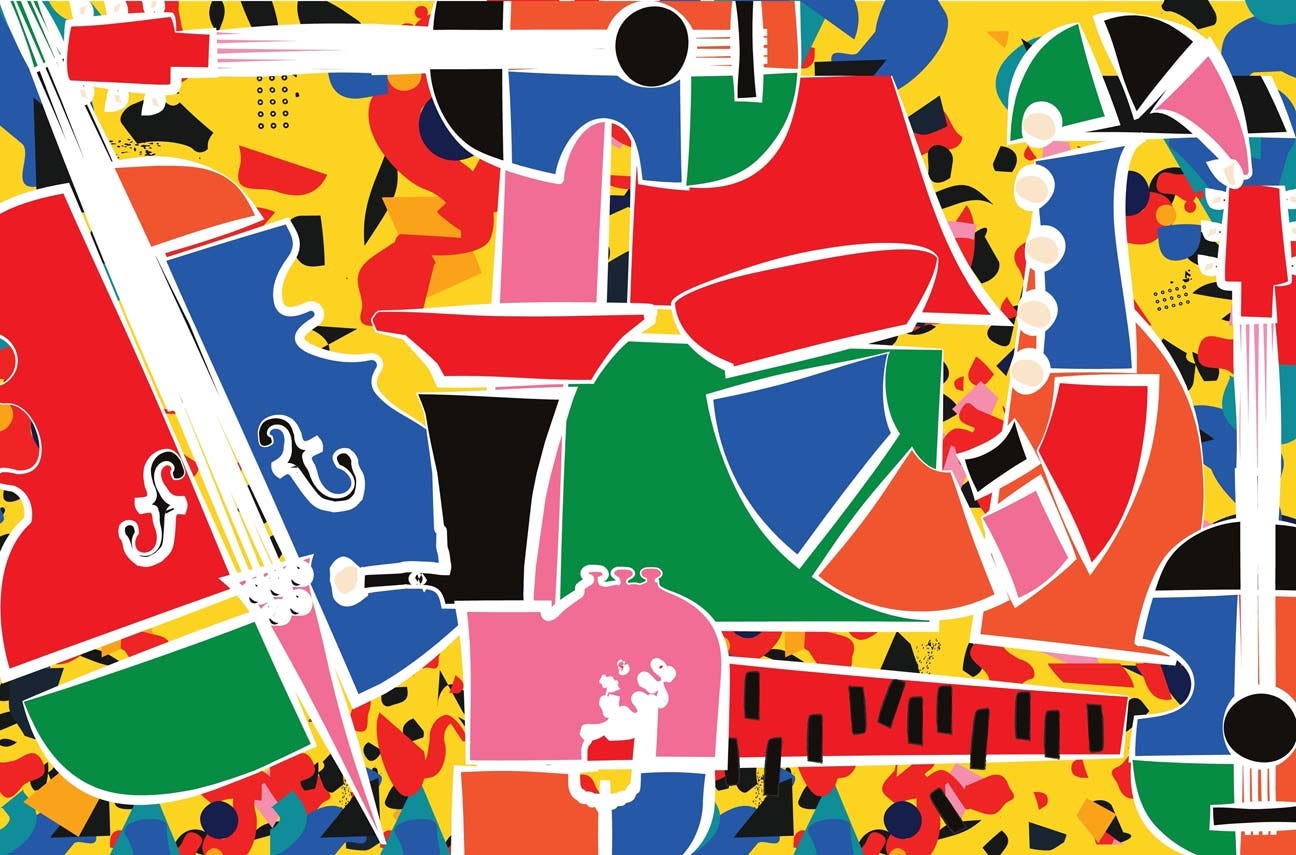5 Links to Consider | June 11, 2025
A round-up of this week's compelling and considered clicks, compiled from The Absolute Sound's veteran staff of experts and reviewers.
Why singing is good for your brain, even if you are no Beyoncé…
If there is a song in your soul, sing it out loud — whether in your car on your morning commute or at karaoke with friends. It’s okay if you are not the next Beyoncé. Making music — even if we aren’t especially good at it — can still be good for us. Music has the power to soothe the mind, promote brain health and bring people closer together, research has consistently shown. “Nobody says you shouldn’t jog if you are not good at it,” said Daniel Levitin, a professor emeritus of neuroscience at McGill University and dean of arts and humanities at Minerva University. “That’s not the point.” Read full article here...

Music has the power to soothe the mind, promote brain health and bring people closer together. Singing, listening to music or making music all promote health. Detailed Frequency Ranges of Instruments and Vocals - The Absolute Sound
In our reviewing, we use words like “mid-bass” or “upper midrange” to describe the frequency ranges of sounds. We also refer to frequencies of sounds, as in “400-800 Hz” or “3 kHz”. It can be helpful to have a “decoder ring” for these terms, and we aim to provide that here. First, let’s be clear that sounds we can hear occur as waves. Your speakers (or an instrument or a vocalist) have surfaces, e.g., the speaker cone, that move back and forth with the musical signal. As the cone or the vocal cords, or guitar string move back and forth, waves of positive and negative pressure are created. When these reach the ear, your eardrum and complex internal mechanisms convert the pressure variations to signals you hear in your brain as sounds... Read the full article from Tom here...

For convenience, we classify the ranges of pitch into groups so we can talk about them more easily. So, you will see The Absolute Sound reviews mentioning these regions Probe lenses and focus stacking: the secrets to incredible photos taken inside instruments
The photo above (below) may look like a city or some sort of industrial plant, but it's not: it's actually the inside of a pipe organ, photographed by Charles Brooks. It's one of the many pictures he's taken from the inside of musical instruments, a process that's substantially more complicated than it may seem, especially since he's often working with rare, historically significant objects. See full article here...

Charles Brooks spent much of his career as a principal cellist, traveling to perform with renowned orchestras from China to Chile and Brazil. But beyond his music, he also has experience with photography, going back to when he was young…
The Oldest Known Melody (Hurrian Hymn no.6 - c.1400 B.C.)
The Oldest known musical melody performed by the very talented Michael Levy on the Lyre. This ancient musical fragment dates back to 1400 B.C.E. and was discovered in the 1950's in Ugarit, Syria. It was interpreted by Dr. Richard Dumbrill...
Vashti Bunyan - I'd Like To Walk Around In Your Mind
Vashti Bunyan is an English singer/songwriter whose 1970 debut album Just Another Diamond Day was an overlooked gem in its time that later grew to be a defining classic of acid folk.
Sluggish record sales for Just Another Diamond Day discouraged Bunyan enough to give up music entirely shortly after its release, but as the years went on, more new fans grew enamored with the album's hushed but surreal beauty. Eventually there was enough interest in Bunyan to merit a return to the studio and the stage, and she released two more albums, 2005's Lookaftering and 2014's Heartleap.
For more show reports, expert reviews, features, and commentary subscribe to our newsletter here.
Watch equipment reviews, interviews, and more on our YouTube Channel here.




